Recently, I’ve gotten into endless arguments with several friends about hydroponics. They believe that hydroponics shouldn’t receive much importance as other means of growing because of its limited scalability. So, I decided to make a list of the most important hydroponic aspects that can change the world.
So here is a list of aspects that proof of the importance of hydroponics:
- Crops Growing In Any Weather
- Lower Pesticide Usage
- Higher Food Production
- Water Efficiency
- Vertical Farming
- Solving World Hunger
There is no doubt that hydroponics will have a significant effect on the future positively. People have been neglecting hydroponics for a long time. They are questioning is hydroponics really worth it?
With the gradual increase of world hunger and climate change, the planet’s food sources will steadily decrease. I believe that hydroponics will play an important role in facing the upcoming future obstacles.

Crops Growing In Any Weather
Hydroponic crops grow in a controlled environment. Factors like temperature, water supply, and sunlight are critical for a plant’s survival. These factors are continually changing throughout the year, according to the season.
By using hydroponics for growing crops, the plants will not be affected by the weather changes. Therefore, farmers can grow vegetables all year round and increase their yield up to three times more.
Before using hydroponics, crops like corn and tomatoes are difficult to be grown in winter. But thanks to this new method of farming, there will be a high yield present all year round. As a result, there will be no price fluctuations because of the continuous supply present.
There are also areas that can grow certain crops. Undoubtedly, the geographical location of the country can affect its weather. Some states either have too high or too low temperatures that they cant grow certain crops.

States like Alaska have a temperature that can sometimes get down to -15°C. Below freezing temperature, right? Areas like that cant grow rice, wheat, or even tomatoes.
Farmers there can grow carrots, cabbage, and broccoli. But strategic crops like wheat and rice cant grow there without using hydroponics and a greenhouse.
After mentioning all of the previous examples about temperature, I don’t want you to think that temperature is the only affecting factor farming.
There are areas where there are perfect temperatures and a sunny daytime, but they are missing another crucial factor, which is soil quality.
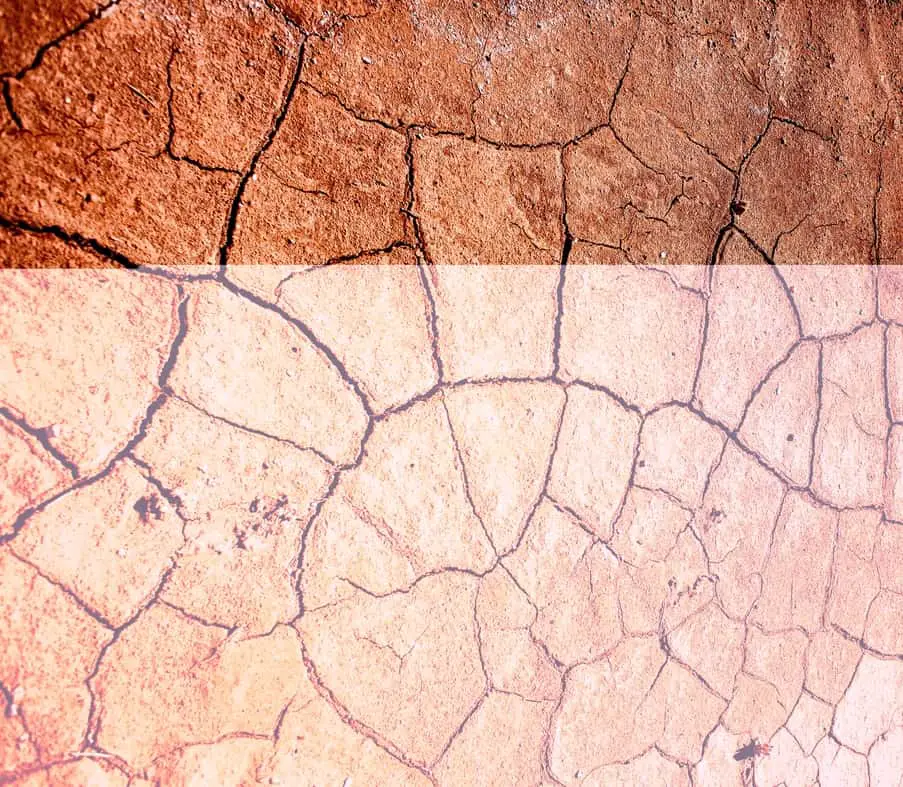
Having poor soil quality can massively damage any crop to be grown. Several factors determine soil quality, but the most important ones are the nutrients present and PH.
Having low PH soil will severely affect your plant’s ability to uptake nutrients. Moreover, When the land that you are planting in has low nutrient levels, early nutrient deficiency syndromes will appear on your plants. These syndromes will result in stunted growth and poor final yield.
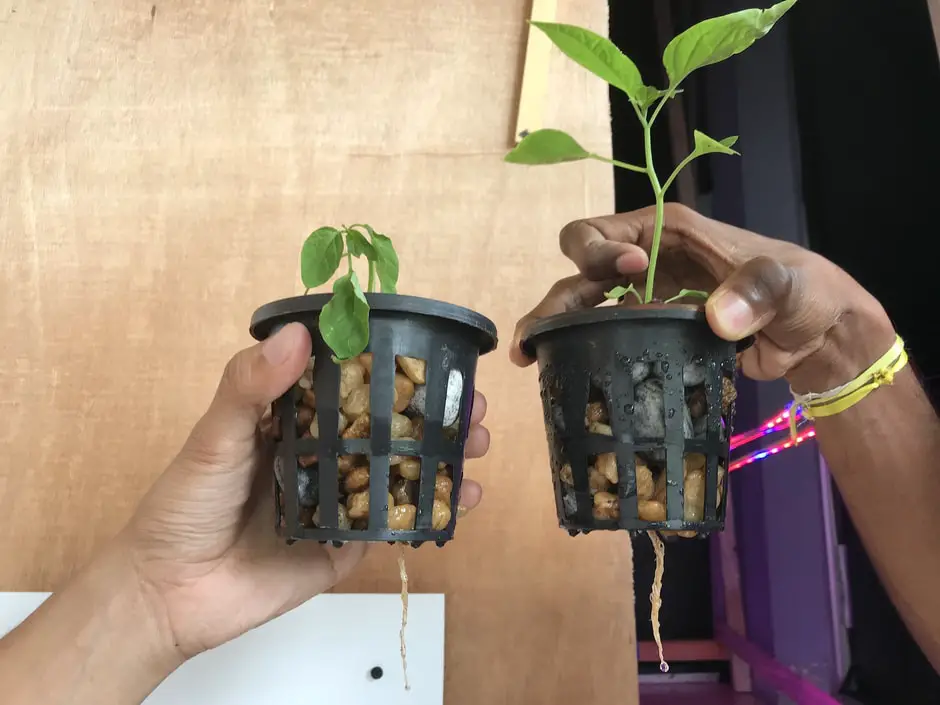
Lower Pesticide Usage
In soil farming, plants are grown in an open-air; which makes them more exposed to various pests. These pests can get onto your crops by several methods. Some pests spread from neighbor farms and other pests get carried by the wind from far-away farms.

On the other hand, hydroponics has a closed environment. Most hydroponics are grown in greenhouses. These greenhouses act as a barrier against pest infection.
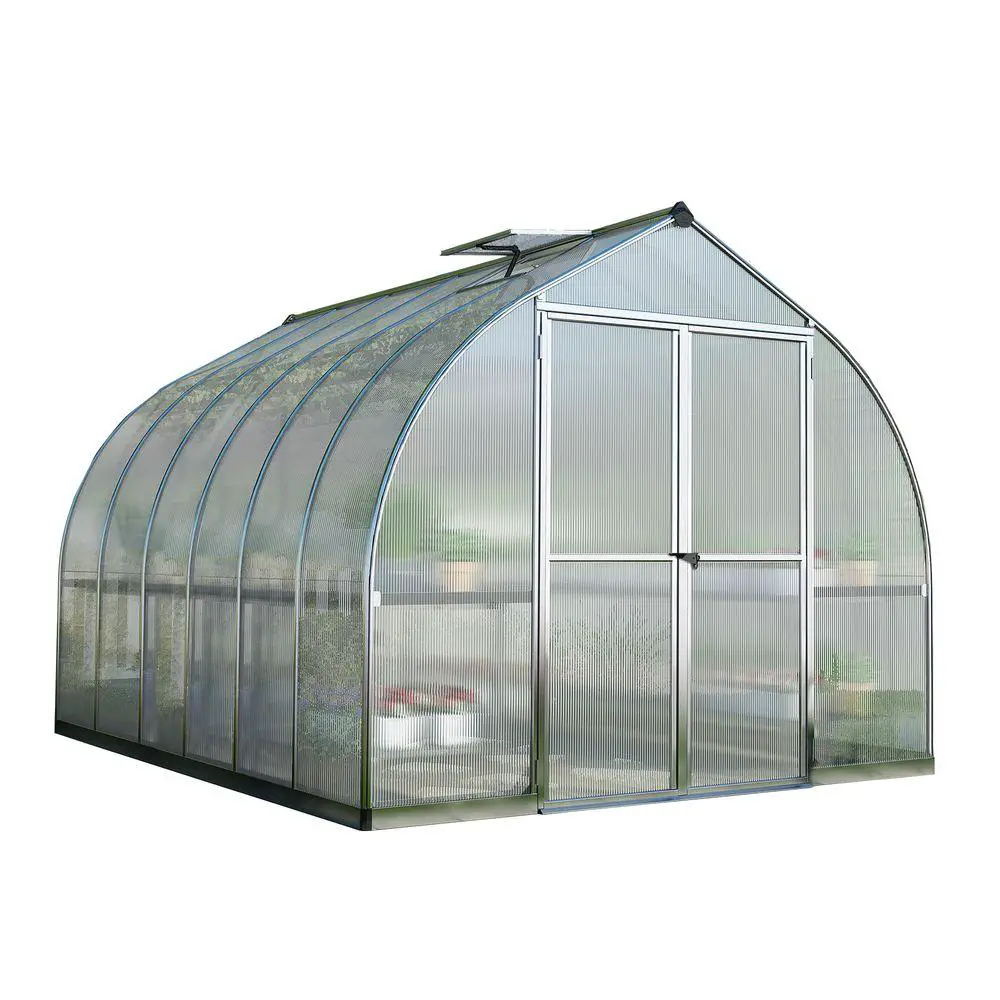
Off course pests infections can happen in hydroponics farming. However, these cases are rare to happen. Pests and insects can get through wall gaps or the ventilation system, and other pests get into the greenhouse by merely attaching to the farmer’s clothes before entering.
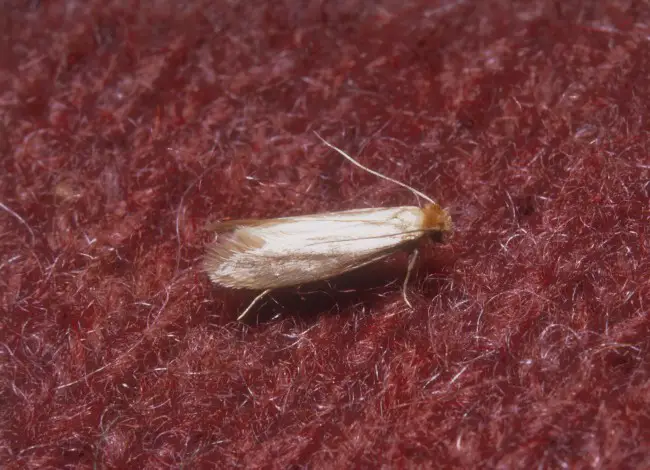
But don’t worry, almost all hydroponic farms have standard safety measures to prevent any pest infection.
Another problem that soil brings is the weed. Weed is simply any unwanted plant that grows next to your crops. You might think that it is not a big deal to have undesired plants next to your crop, but be careful of its vast effects.

Weed compete with your plant on various growth factors. You will be surprised by your plant’s stunted growth because of the grass growing next to it. Weed uses the same water source as your crops, and it diminishes your soil’s nutrients level. By the end of the growing cycle, nutrient deficiency syndromes will start to kick in.
Weed compete with your plant on various growth Hydroponics solves the weed problem. Your plants will grow in net pots with Rockwool. Weed can’t grow and compete with your plants, because there is no room for it to grow. Moreover, weed seeds that get transported by wind will not be able to reach your crops because of the greenhouse.
All of these properties protect hydroponic plants. There is no need for pesticides or weed control products. These products are hazardous and have various adverse effects on the human body. Producing a pesticide-free crop is one of the most critical factors for why hydroponics should be our primary farming method.
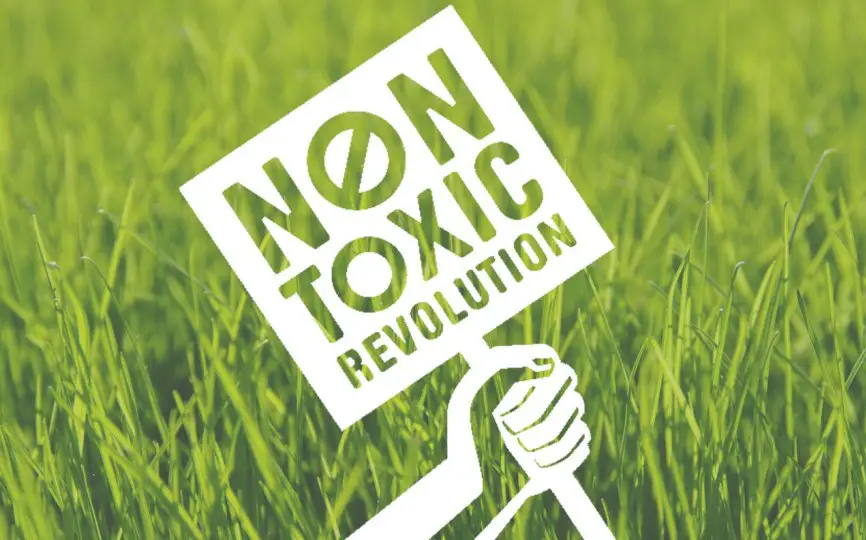
Higher Food Production
Almost all the scientific researches that were done on hydroponics has found out one significant fact; hydroponics plants tend to have a higher rate of growth and final yield than typical soil plants.
In soil, plants spend a high amount of energy on root growth; this is a natural survival technique that plants do to reach more water and nutrient resources.
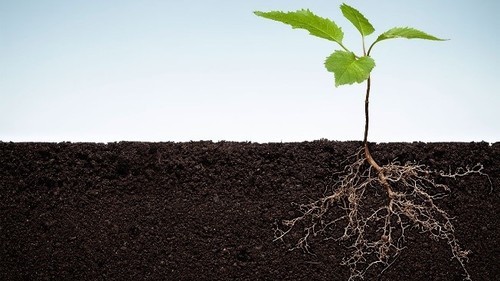
On the other hand, hydroponic plants don’t spend energy on root growth. In hydroponics, plants roots have direct access to the nutrient solution. Therefore, there is no need for the plant to spend its energy on root expansion.
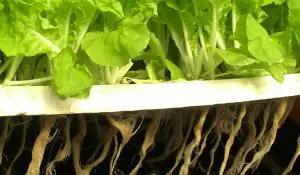
Instead, this saved energy is used to increase the rate of growth. As a result, hydroponic plants have higher food production than average soil plants.
Soil plants tend to get affected by normal environmental conditions. Factors like sunlight and temperature are constantly changing throughout the day.
But these factors are extremely controlled in a hydroponic greenhouse. The temperature and sunlight are consistently monitored to ensure the most optimum conditions for plants.
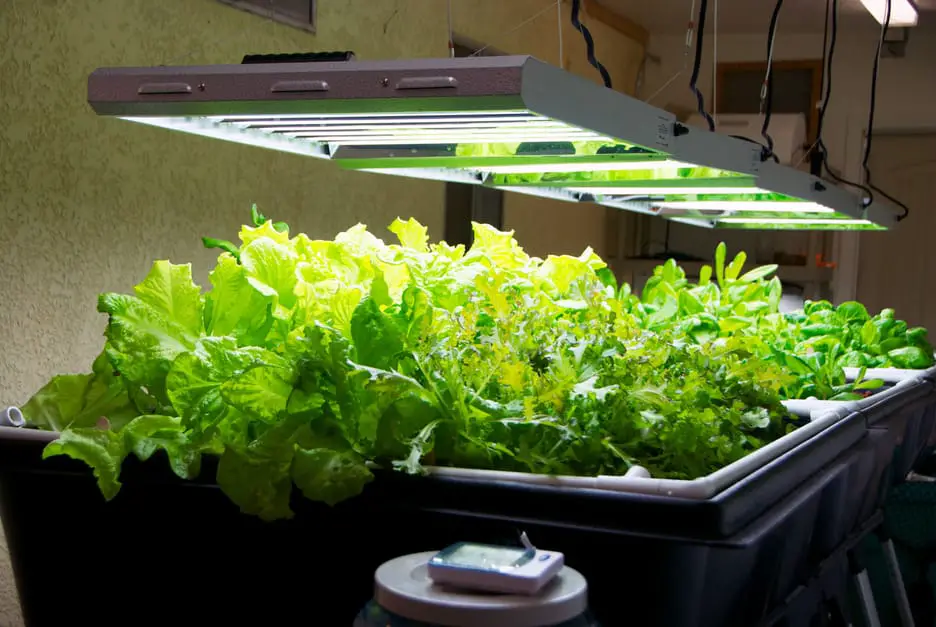
Moreover, in advanced facilities, Carbon dioxide concentrations are controlled by certain appliances to make the photosynthesis process run smoothly.
A study was made to compare lettuce in hydroponics and soil. The plants are kept for 40 days to complete the growing cycle. By keeping all of the variables like sunlight and nutrients concentration constant, the results were in favor of hydroponics. Hydroponic lettuce has grown to reach 160g of fresh mass compared to soil lettuce that grew only to reach 120g.

Water Efficiency
Most people think that when they water their soil plants, the roots get most of the water, which is entirely untrue. Soil plants get a small portion of the water that is added to the soil. So where does the rest of the water goes?
Most of the water that is added to the soil gets lost through various methods. A considerable portion of water gets lost by evaporation from the soil surface, and another portion gets lost through drainage to the ground. If there is weed next to the plants, there is a considerable probability that it consumes a good water portion too.
While soil has reduced water efficiency, hydroponics show promising efficient water usage. In hydroponics, there is almost 0% of the water evaporates. Evaporation doesn’t happen because the water surface is not subjected to too much heat as soil. The only evaporation route might happen only through the plant’s leaves.
Moreover, there is no water lost to the ground. All of the water is reused again. If there is a decrease in nutrients levels, nutrients solutions can be added back to the water without the need for a replacement.
With this efficiency of water usage, there will be a massive possibility that hydroponics can contribute to saving the planet.
The World Health Organization estimates that half of the world’s population will be living in water-stressed areas by 2025.
I think that hydroponics will play a critical role in supplying the world’s population with food. Not only does it use 95% less water than soil, but it also produces a higher yield than soil.
Vertical Farming
The integration of vertical farming and hydroponics will dramatically increase the final yield. Vertical hydroponics has more produced return per m2 than soil.
If you grow on soil, you probably can use the growing area for one time. Imagine how much yield you will produce if you used the same growing area multiple times. Vertical hydroponics allow you to increase the yield by growing various levels of hydroponics above each other.
So instead of just using the growing area for one time, you can use it more than ten times according to how much levels have grown.
With the spread of vertical hydroponics, it will be reasonable to see more vertical farms present in the middle of crowded cities. There will be no longer farms in rural areas.
Farmers tend to flee to rural areas for the cheap cost of land that it has; this has led to adding the cost of transportation on the yield’s price. As a result, the consumer has to pay also for shipping.
By making vertical farms in the middle of crowded cities, there will be no transportation added as the farms are almost beside most of the consumers.
Food Security and The World Hunger
According to the World Bank Organization, there is around 736 million people live in extreme poverty due to several reasons. The most important reason is the continuously increasing prices of food.
By replacing traditional soil farming with hydroponics, there is a massive chance of solving the world hunger problem. Not only does hydroponics produce more yield than soil, but also it can be a cheaper method.
Integration of solar systems and automated machines to hydroponics will significantly lower its costs. As a result, food prices will decrease, and it will lift more people above the poverty line.
Related Questions
Why is hydroponics useful in agriculture? Hydroponics is useful as an agricultural method due to its higher yield and lower water usage compared to soil; these properties make it more useful in areas with water scarcity.
Why was hydroponics invented? William Frederick Gericke created hydroponics. He used a nutrient solution instead of soil to grow a 25 feet high tomato vines in his backyard.

